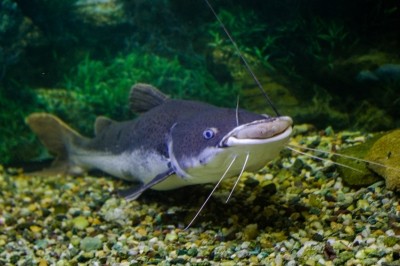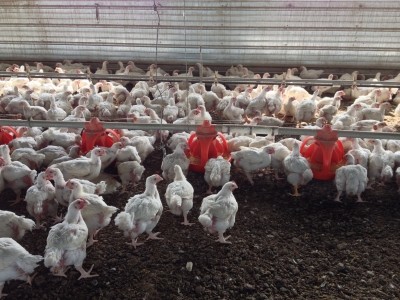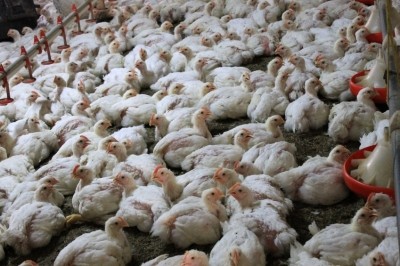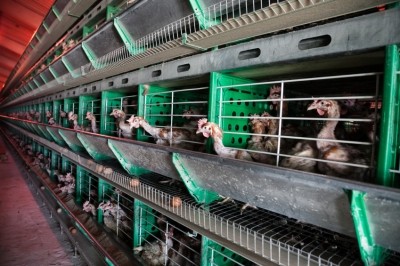US poultry producers embrace phytase super-dosing
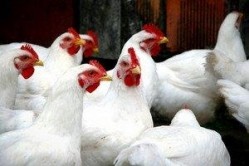
“60-70% of the phytase we supply to the US is for super-dosing. When we go into new customers or win new business, most of that is for super-dosing,” Mike Bedford, research director at AB Vista Feed Ingredients, told FeedNavigator today.
In the EU, by contrast, a very small percentage of the phytase supplied to poultry producers is for super-dosing, mainly because AB Vista’s super-dosing optimised phytase Quantum Blue was only registered for use in February, said Bedford.
“Europe is two years behind the US. Producers are just getting their first super-dosing test results back now,” he said.
Cost barrier
The cost - which can be three times as high as standard phytase dosing - can deter some producers from switching from conventional dosing to super-dosing, admitted Bedford, whilst pointing out that ultimately, producers end up saving money.
“The savings are made through better performance of animals rather than through the formulation costs,” explained Bedford.
The idea of super-dosing is to destroy all phytate in the diet using phytase. As phytase is an anti-nutrient, this will lead to performance improvements in the target animal greater than those expected from the simple release of nutrients due to added phytase which improves FCR (feed conversion rate) and rate of gain in broilers.
Putting two together?
As reported last week in this publication, AB Vista has just released the results of a study that found there is additional benefit in combining phytase super-dosing with a single-enzyme xylanase.
“Because we are already improving digestibility by super-dosing with phytase, you might wonder whether there is any room for improvement left, but we wanted to find out how well the two enzymes work together,” said Bedford, explaining the background to the University of Berlin study.
The results showed that “putting the two together makes sense, particularly as energy costs go up,” although Bedford warned that the savings might not be as great as the sum of the two would suggest.
“If you were to include xylanase alone in a feed formulation, you might be able to take 100 calories from the diet. This is because a chicken would extract 3200 calories from a diet containing 3100 calories, so the diet could be formulated down to, say 3000 calories, and some of the fat content replaced with cheaper wheat. It’s about making digestion more efficient, so the animal doesn’t have to use so much energy breaking down its own feed,” he explained.
Sub-additivity not synergy
He continued: “By adding phytase too, you might expect to extract another 40-50 calories, so 150 calories in total. But that isn’t what happens – you can only extract about 120 calories.”
This is due to a phenomenon known as ‘sub-additivity’ – the opposite of a synergistic effect – of which producers need to be aware when calculating the savings they will make by combining two enzymes.
Despite the sub-additivity effect, the savings that can be gleaned by combining the two are still worthwhile, said Bedford.
“Taking a per calorie of around £0.07, extracting a further 20 calories will save a further £1.50,” he said. “When combining two enzymes it’s a case of applying some realism and making sure you are getting a return in your investment.”
This is why Bedford doesn’t see any justification for going to three enzymes, saying: “Some people do that but we don’t see the value. You’ve got to question the return on investment on the third enzyme, as the difficulty is finding enough undigested material to make it pay.”
Phosphorus strengthens the case
A further benefit of combining two enzymes is that phosphorus release is improved. In the study, a standard phytase dose was found to save the equivalent of 3.5kg per tonne of monocalcium phosphate, whilst the xylanase-phytase combination saved 4.4kg per tonne, which Bedford said would be “worth some money”.
